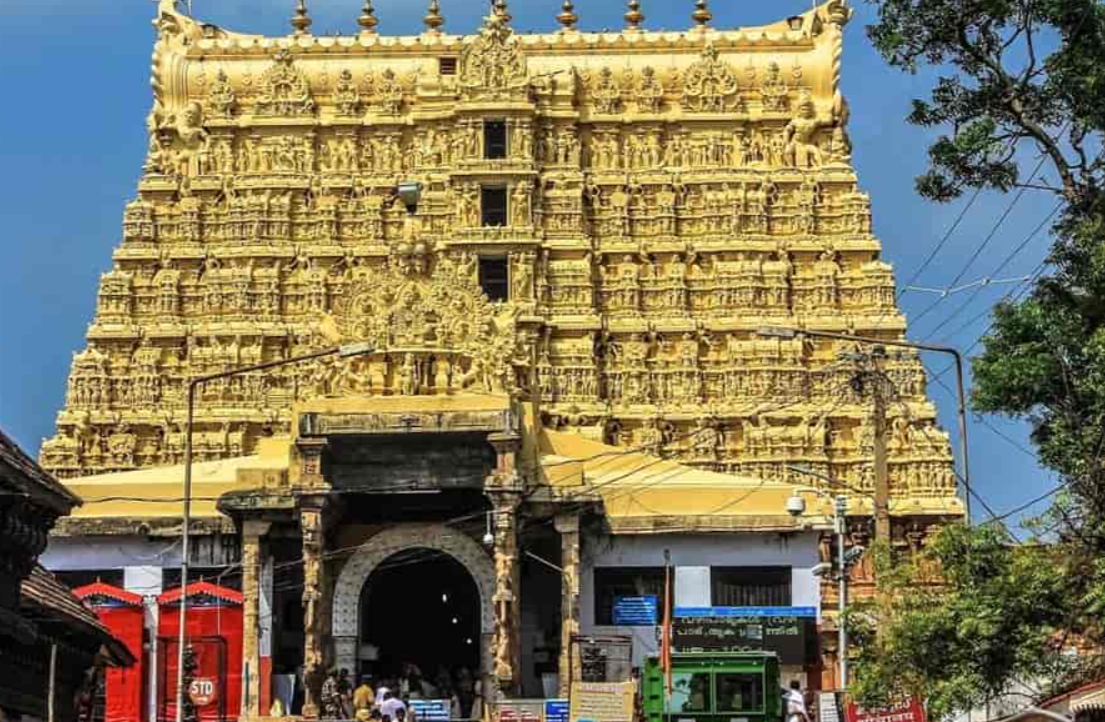Did you know that as of 2024, India boasts an impressive total of 5,334 dams? While some of these are still under construction and will soon be operational, the sheer number underscores India’s commitment to water management and electricity generation. Dams play a crucial role not only in meeting basic water needs but also in boosting agricultural productivity and supporting hydropower initiatives. In this article, we will explore the top 10 major dams in India that stand out among this vast network. So, if you’re curious about which dams make a significant impact, keep reading!
Top 10 Major Dams in India
1. Tehri Dam
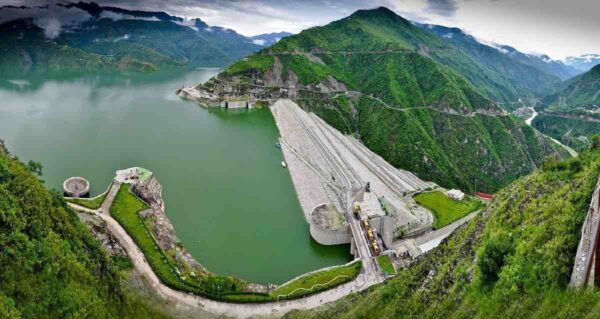
Tehri Dam, located in Tehri, Uttarakhand, is the tallest dam in India, soaring to a height of 260.5 meters. Construction began in 1978 and was completed in 2006. This earth and rock-fill embankment dam is built on the Bhagirathi River, a vital part of the Ganges River system. Tehri Dam serves multiple purposes, including hydroelectric power generation, irrigation, and urban water supply. With a reservoir capacity of approximately 3,540 million cubic meters, it plays a crucial role in maintaining river flows and ensuring water availability for a large region.
2. Chamera Dam

Situated in the Chamba district of Himachal Pradesh, near Dalhousie, the Chamera Dam was completed in 1994. This 226-meter high dam is constructed on the Ravi River and has a power generation capacity of 540 megawatts. The dam is not only vital for power production but also enhances local tourism, as Chamera Lake is famous for various water sports. Its large reservoir, holding around 3,913 million cubic meters of water, aids in natural resource management and sustains the surrounding ecosystem.
3. Bhakra Dam
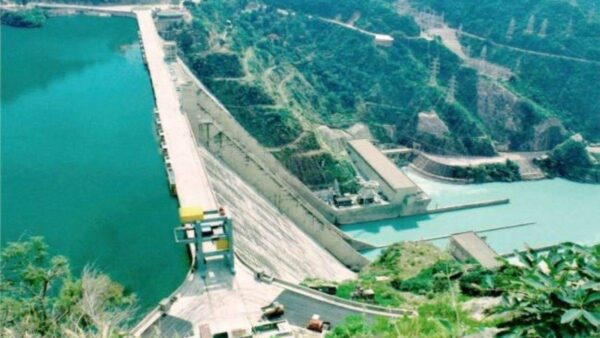
Bhakra Dam is a monumental structure located on the Satluj River in Himachal Pradesh. Completed in 1963, it stands 226 meters tall and was among the first major projects post-independence. The dam creates the Gobind Sagar Reservoir, one of India’s largest artificial lakes, with a capacity of about 9.34 billion cubic meters. Bhakra Dam is crucial for providing irrigation, drinking water, and electricity to several states, including Punjab, Haryana, and Rajasthan. Its impact on the region’s agricultural productivity is immense.
4. Lakhwar Dam
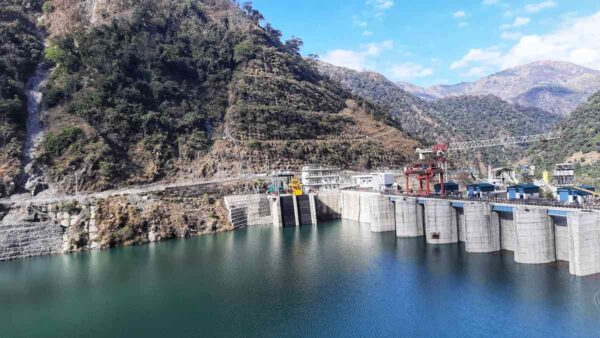
Currently under construction on the Yamuna River near Lakhwar, Uttarakhand, the Lakhwar Dam is expected to reach a height of 204 meters upon completion. The project commenced in 1987 and aims to utilize Yamuna’s water for hydroelectricity and agricultural irrigation. Once operational, it will significantly enhance water management for Uttarakhand, Uttar Pradesh, and Haryana, with a proposed reservoir capacity of 58 million cubic meters, helping to provide water during dry spells.
5. Idukki Arch Dam
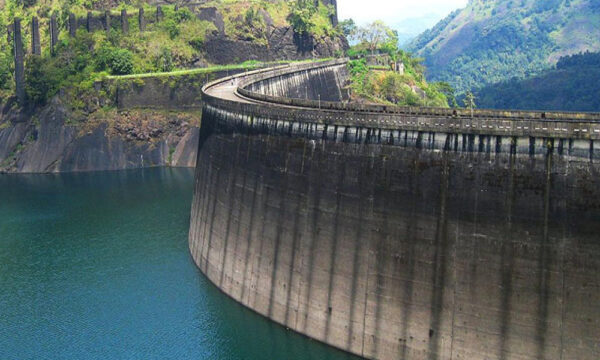
The Idukki Arch Dam, located between the Kuravanmala and Kuravanmala mountains in Kerala, is one of the tallest arch dams in Asia, standing at 168.91 meters. Constructed in 1975, this stunning double-curved dam impounds the Periyar River, creating a vast freshwater reservoir of approximately 1.996 billion cubic meters. It supports a nearby power station with a capacity of 780 megawatts. The construction of the dam benefited from Canadian aid, showcasing international collaboration in infrastructure development.
6. Pakal Dul Dam
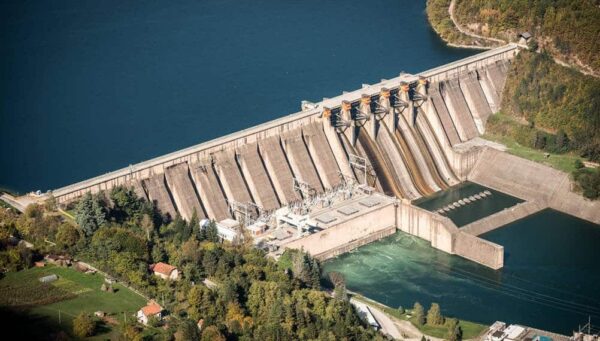
Currently under construction in Kishtwar, Jammu and Kashmir, the Pakal Dul Dam is set to be finished soon. With a proposed height of 167 meters, it aims to generate 1,000 megawatts of electricity. This dam is built on the Marusudar River, part of the Chenab River system, and is designed to boost electricity generation in the region. A key feature is a 10-kilometer tunnel that will transport water to a nearby power station, enhancing efficiency. The project boasts a significant reservoir capacity of 108 million cubic meters, making it vital for local energy needs.
7. Sardar Sarovar Dam
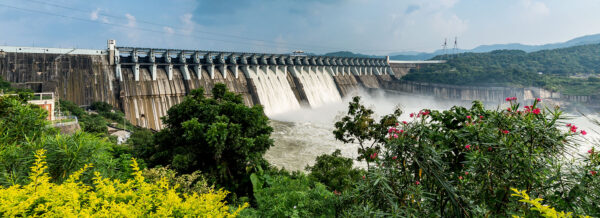
The Sardar Sarovar Dam, located on the Narmada River in Gujarat, is part of a larger project aimed at improving agriculture and electricity generation across four Indian states. Initiated in 1987 and inaugurated by Prime Minister Narendra Modi in 2017, the dam spans 1,210 meters in length and reaches a height of 163 meters. With a reservoir capacity of 0.95 million hectares, it serves as a crucial water source for local and regional communities, significantly impacting agricultural output and economic development.
8. Ranjit Sagar Dam
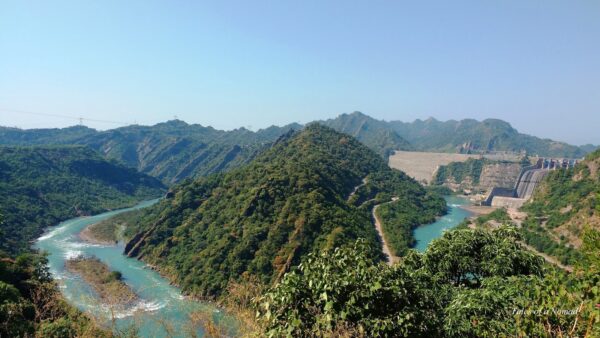
Known as Thein Dam, the Ranjit Sagar Dam is built on the Ravi River, bordering Punjab and Jammu & Kashmir. Construction began in 1981 and was completed in 2001. This impressive structure stands 160 meters tall and 617 meters long, creating a freshwater reservoir with a capacity of 1.25 billion cubic meters. The dam facilitates electricity generation of around 600 megawatts while also providing water for irrigation, thus supporting local farming activities.
9. Srisailam Dam
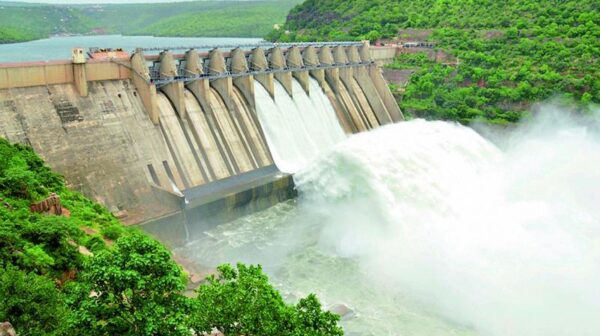
The Srisailam Dam is located on the Krishna River, straddling Andhra Pradesh and Telangana. Completed in 1981, this substantial dam reaches a height of 145 meters and spans 512 meters in length. With a reservoir capacity of 178.74 trillion cubic feet, it plays a crucial role in generating electricity, supporting irrigation, and addressing water scarcity issues. The dam’s complex is one of the largest in India, and its construction required careful planning due to its location in an earthquake-prone area.
10. Baglihar Dam
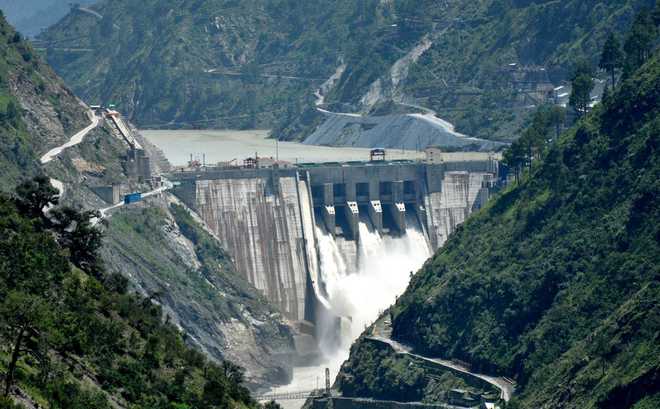
Situated on the Chenab River in Jammu and Kashmir’s Ramban district, the Baglihar Dam stands 143 meters high. It has a maximum reservoir capacity of 475 million cubic meters and was developed in two phases, completing its construction by 2016. This dam aims to enhance the region’s power supply, generating 450 megawatts from each phase. However, its design has sparked controversies, particularly with Pakistan, which claims that it violates water treaties.
Conclusion
In conclusion, the major dams in India play a pivotal role in managing the country’s water resources, generating electricity, and supporting agriculture. With 5,334 dams and several others under construction, India’s focus on enhancing its water management capabilities is evident. These ten major dams exemplify the engineering feats and strategic importance of such infrastructures in sustaining the nation’s growth. As new projects emerge, India continues to push the boundaries in dam construction, potentially breaking records for height and capacity in the years to come. Keep an eye on these developments, as they reflect India’s commitment to sustainable water management and energy production.



